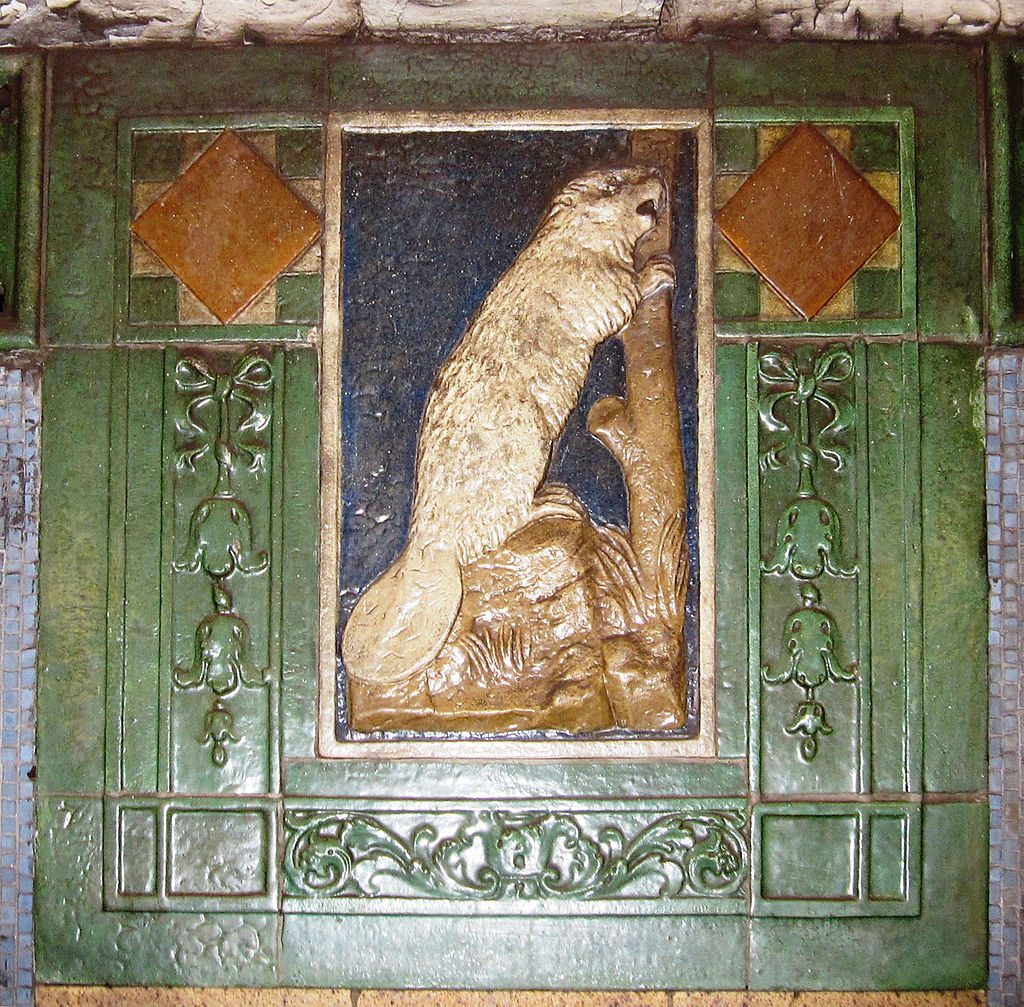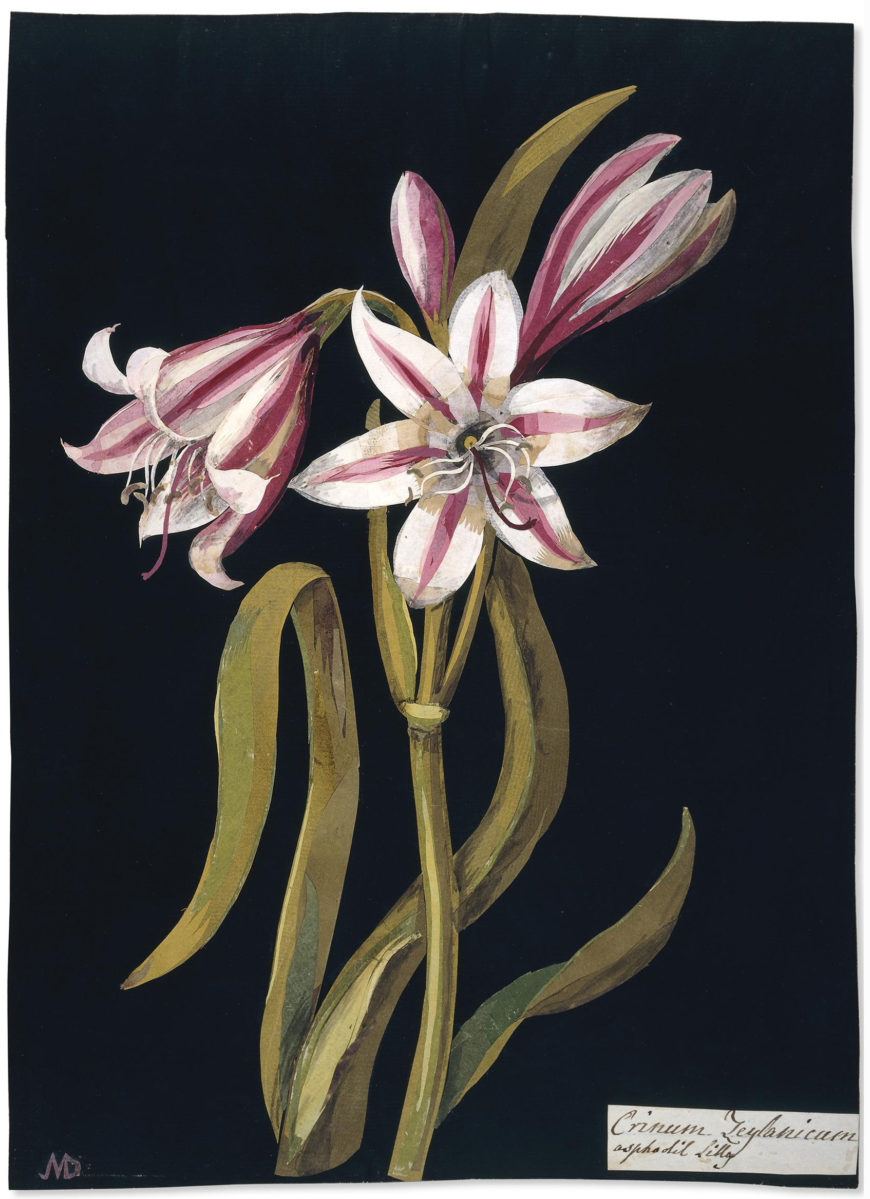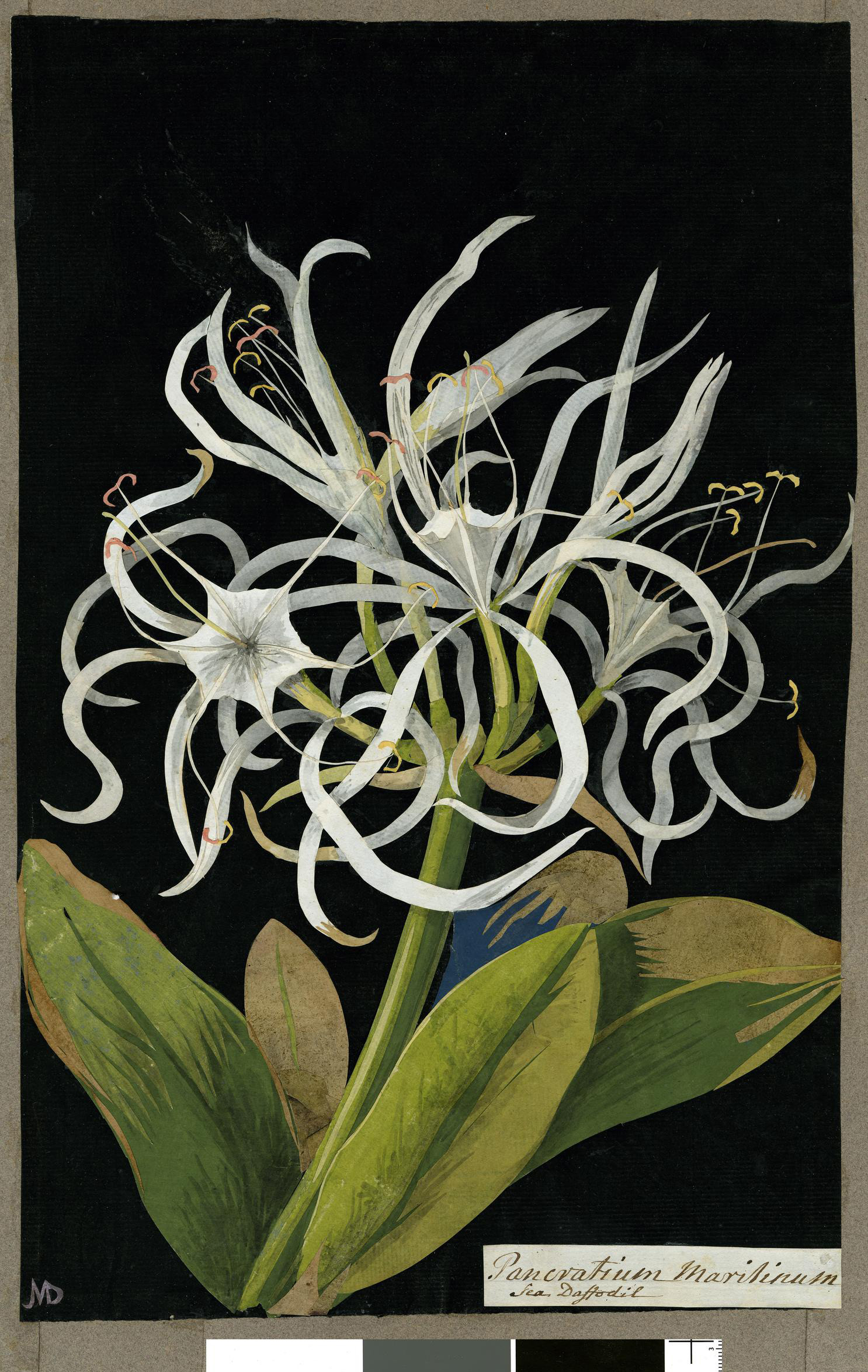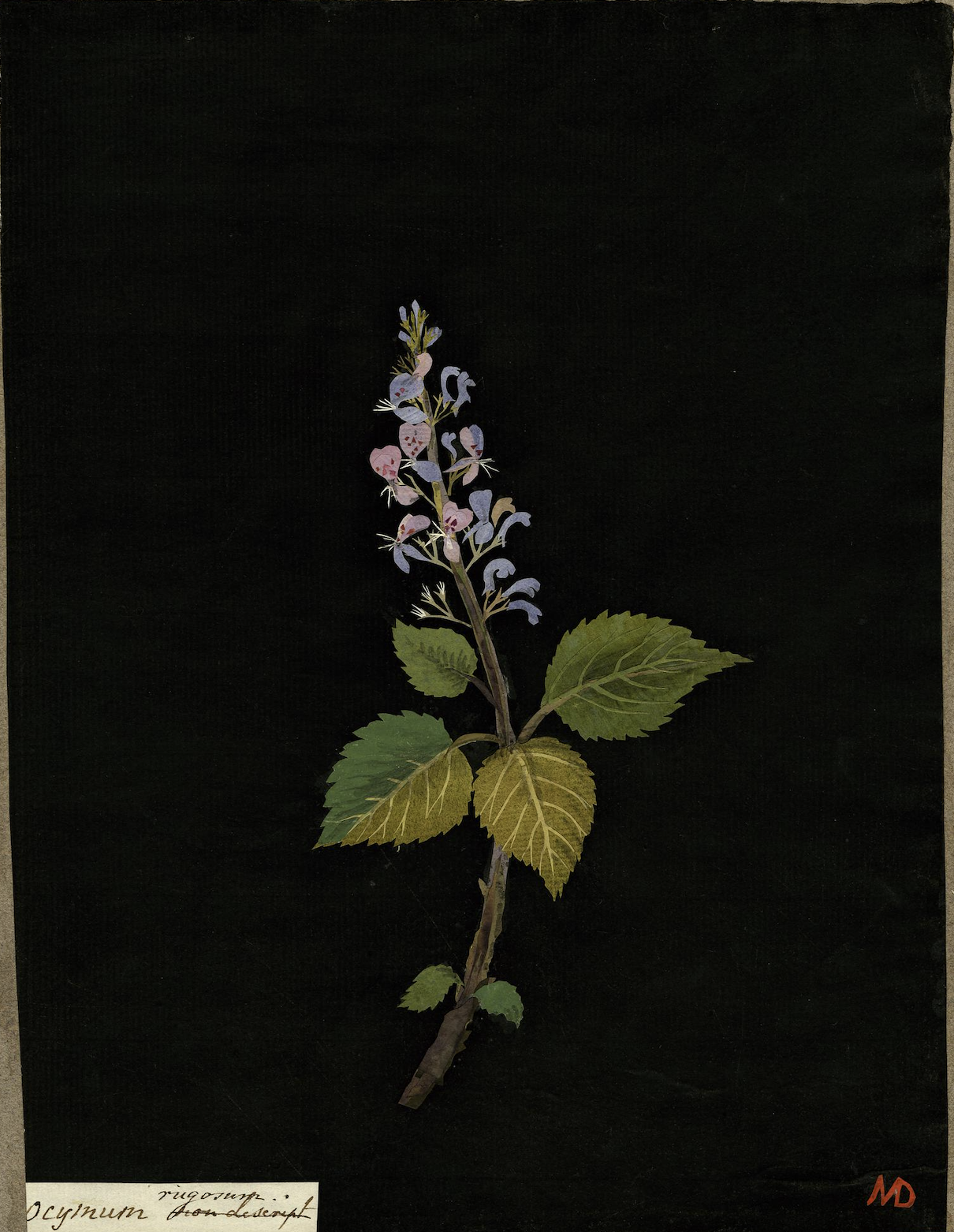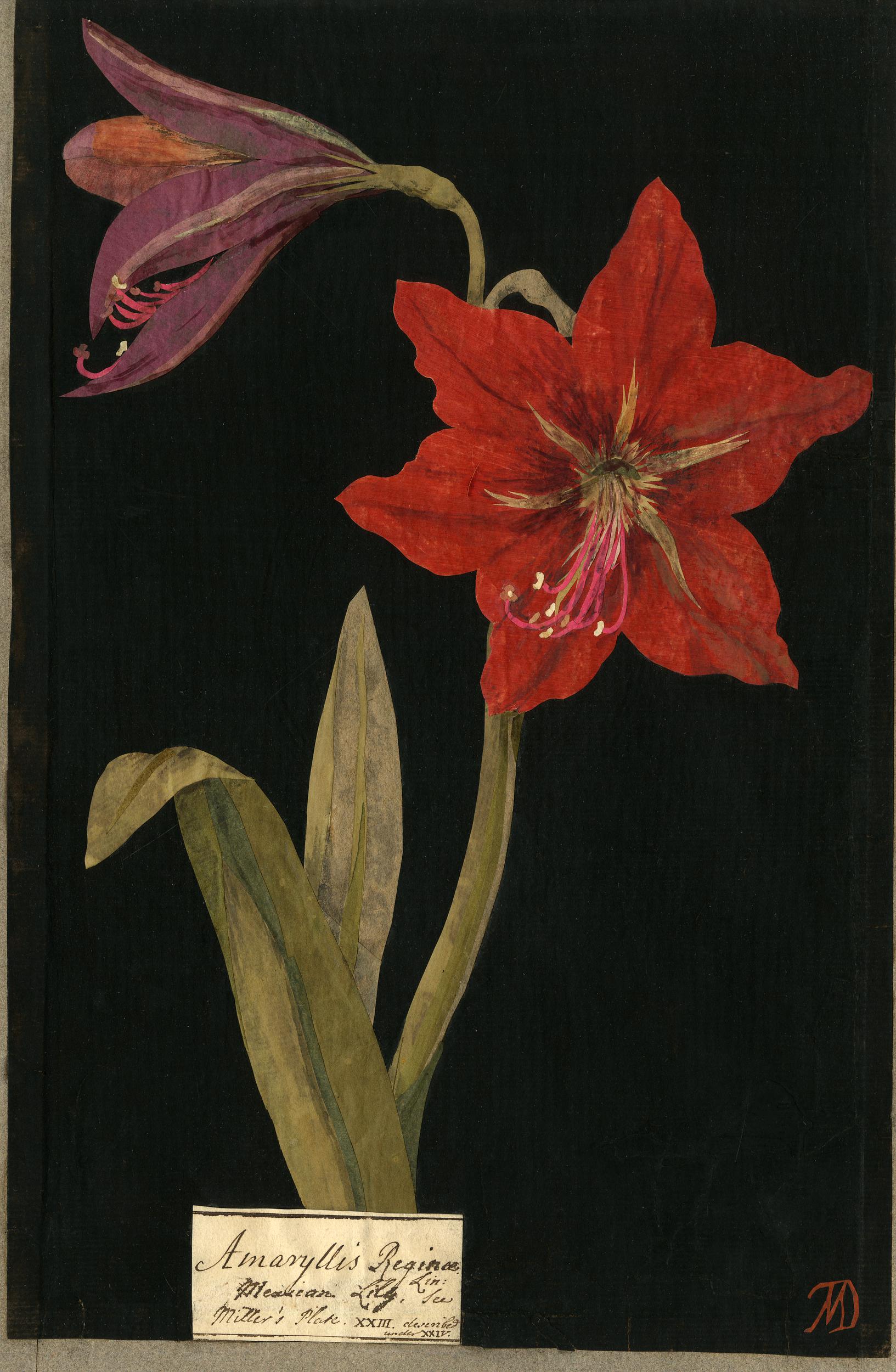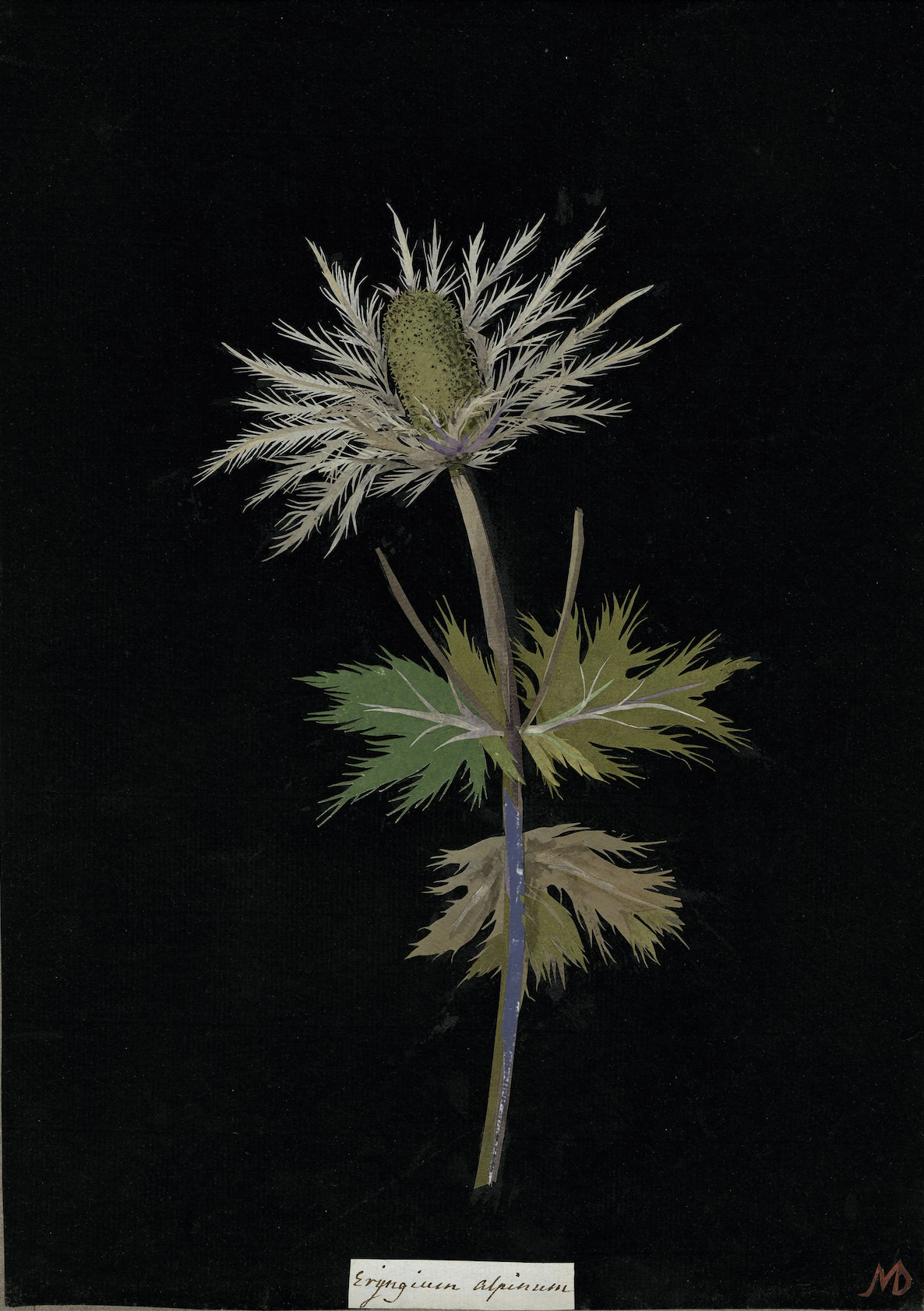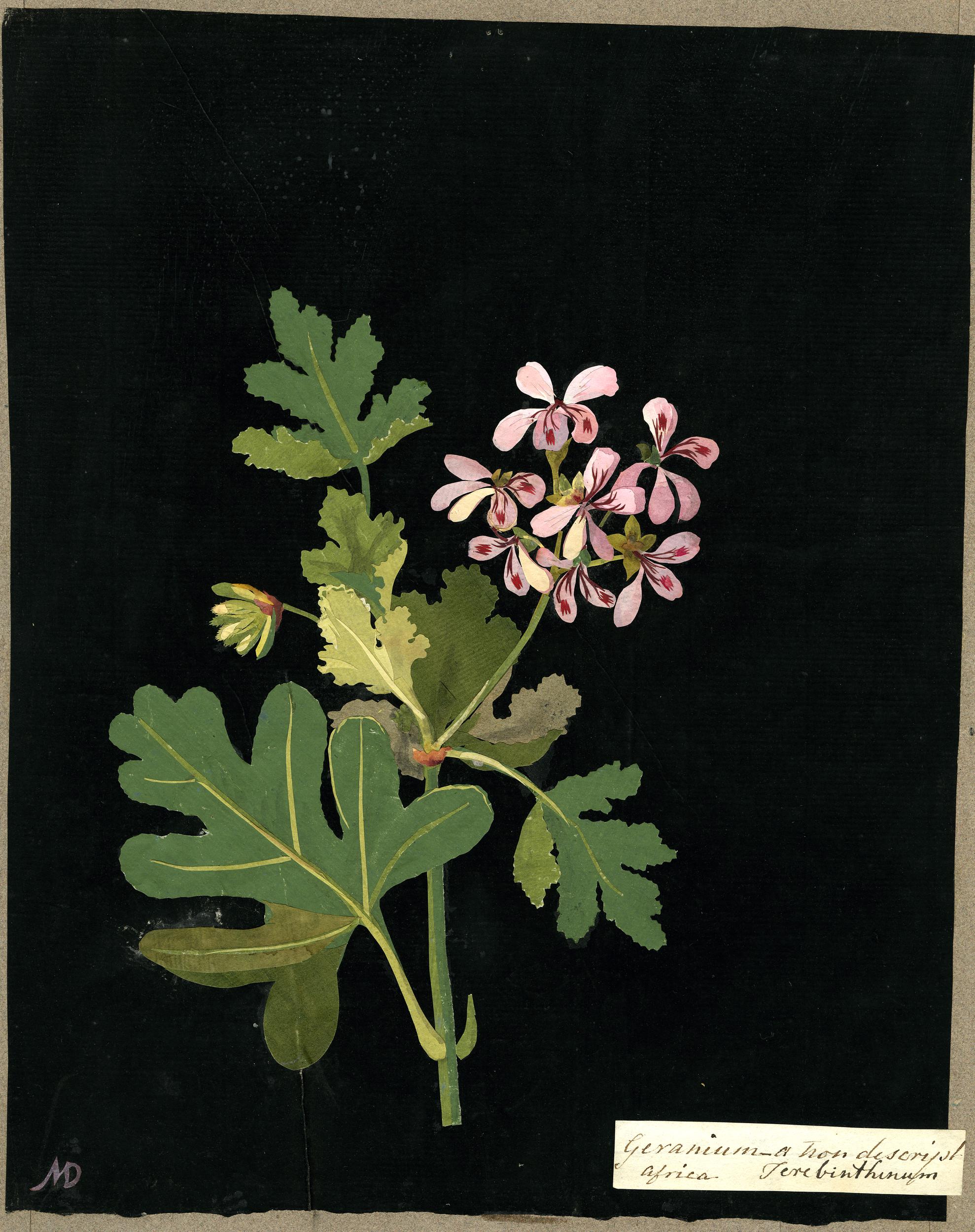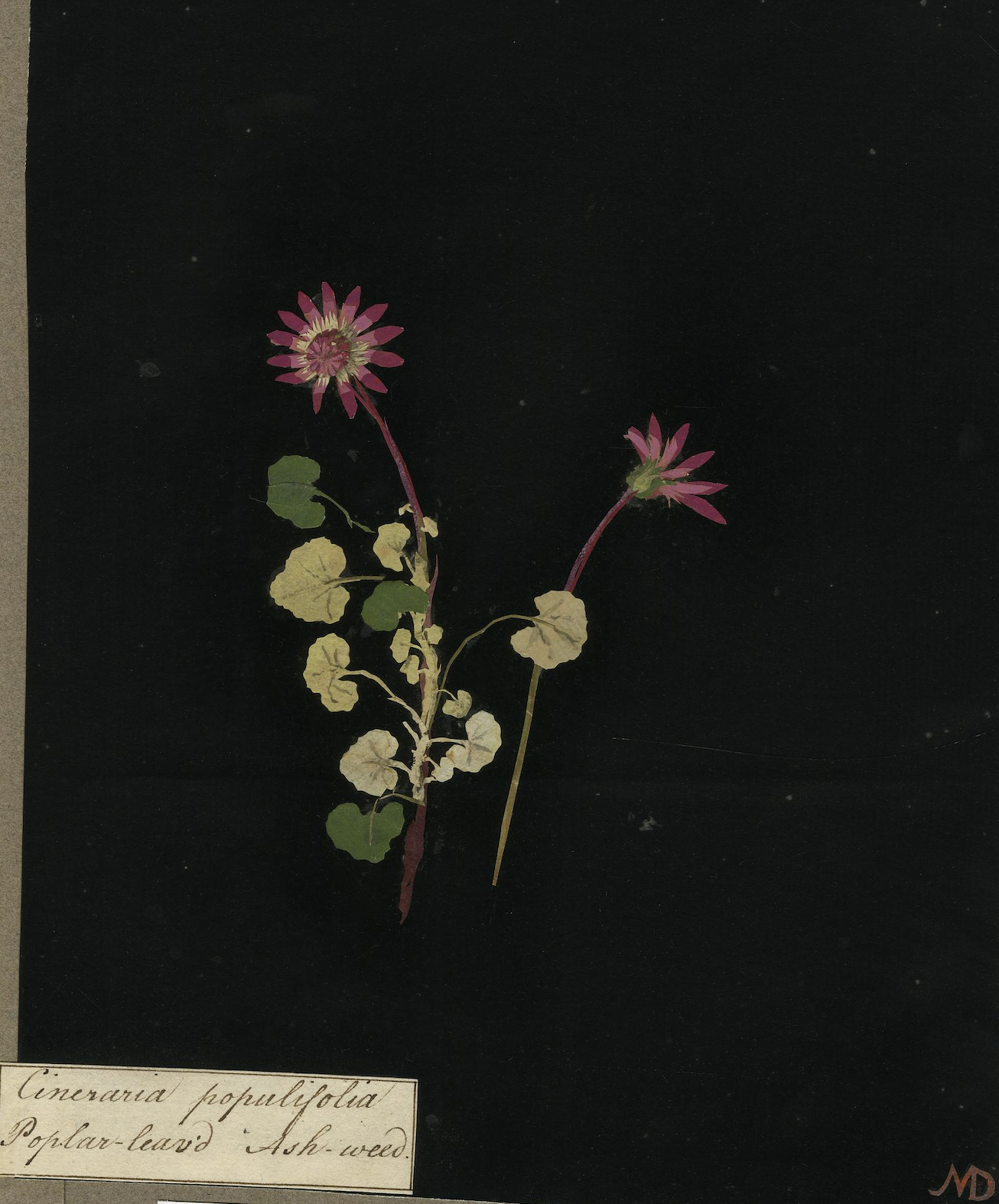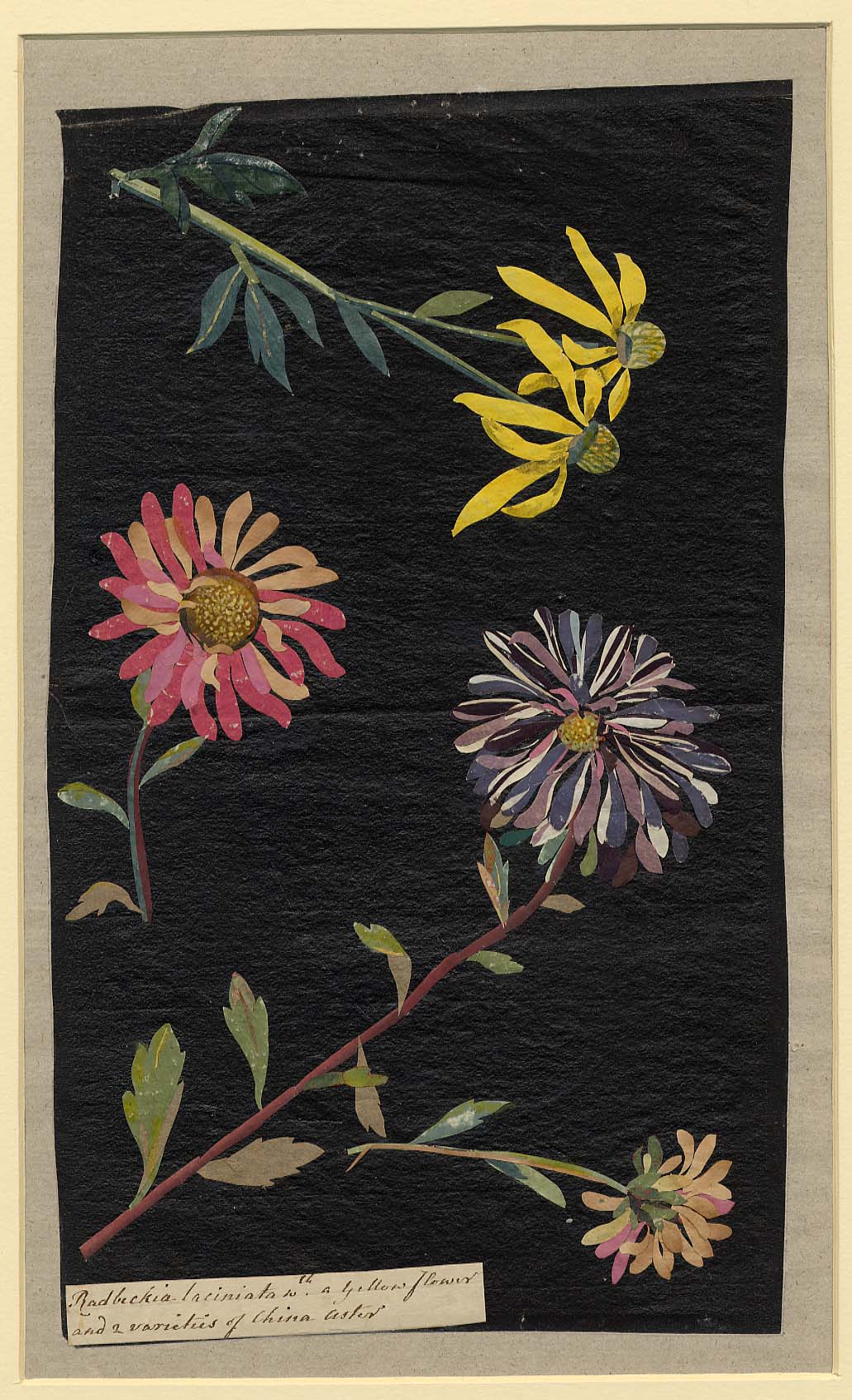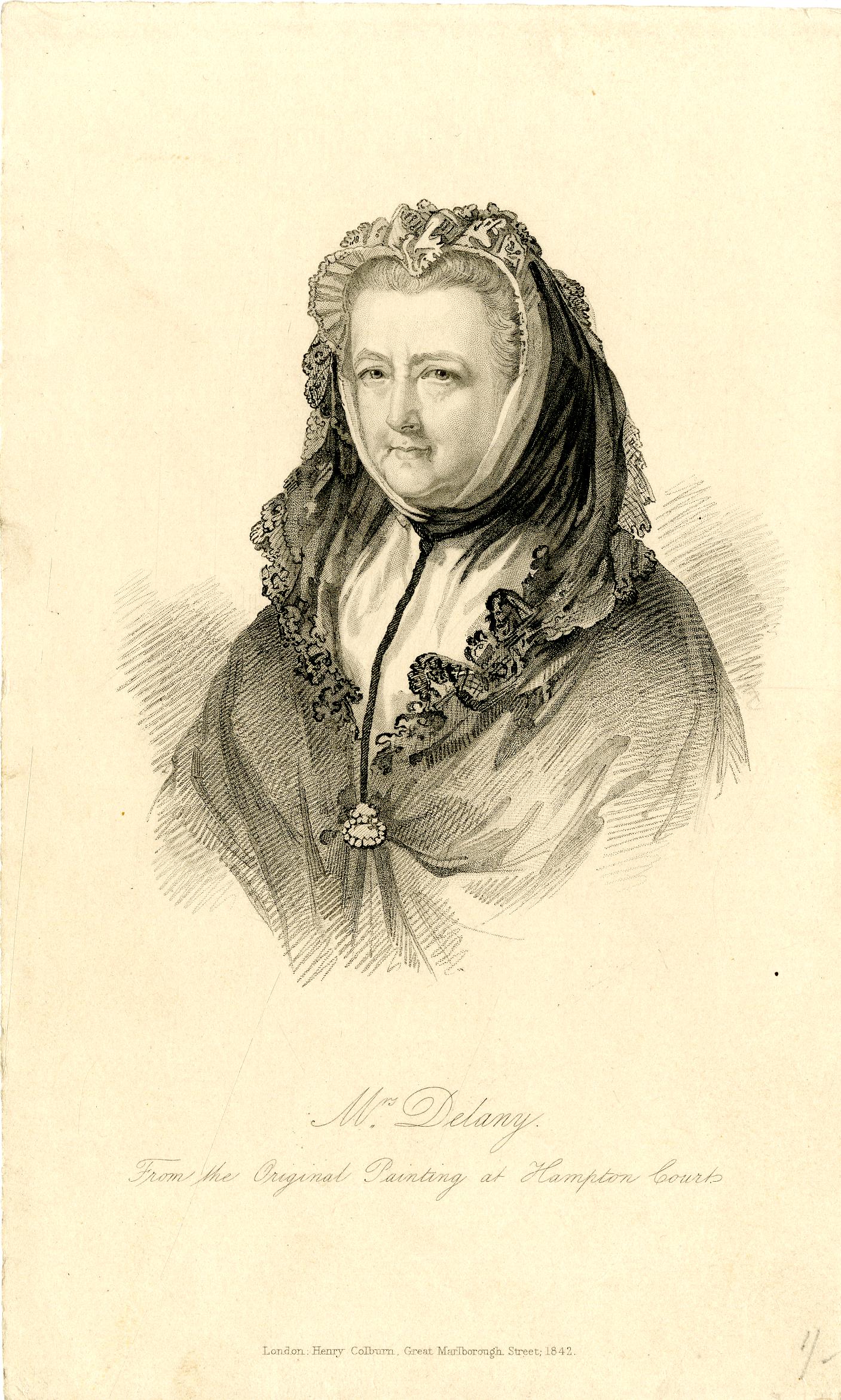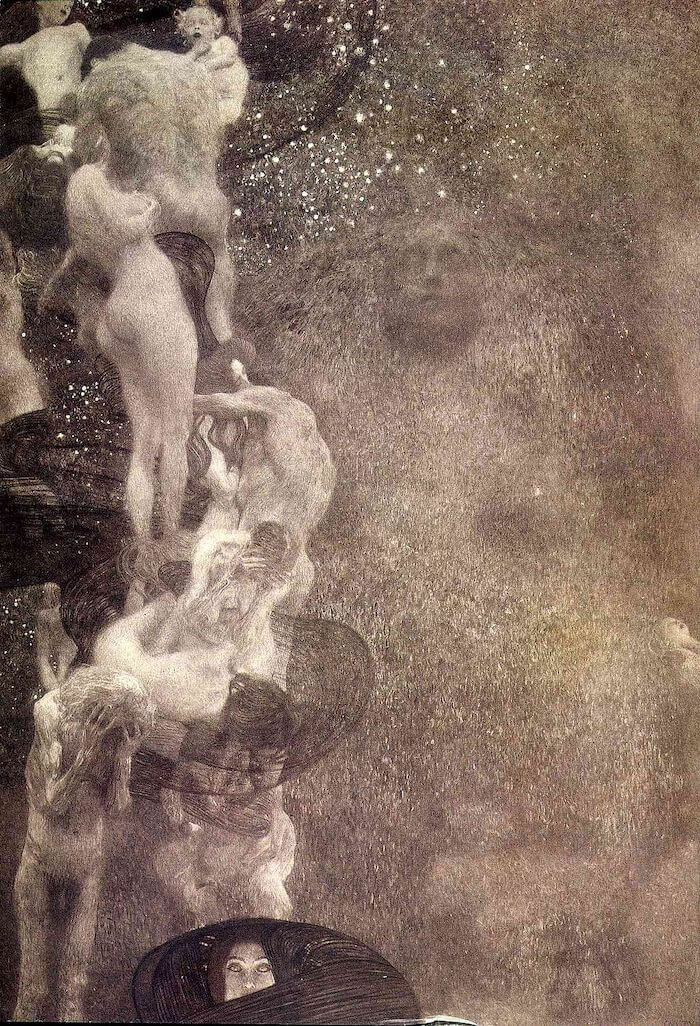Barnaby Dixon’s incredible two-piece creations redefine the notion of hand puppets, by moving and responding in highly nuanced, realistic ways.
The pinkie and index finger of one hand slip into the creature’s arms, leaving the thumb free to operate the tiny controls that tilt head and mouth movements.
The pinkie and index finger of one hand slip into the creature’s legs, an attribute few hand puppets can claim.
A waistline magnet joins the puppet’s top half to its bottom.
His goal is for viewers to “forget the mechanisms and forget the process that’s gone into making it so they can just enjoy the motions.”
Each character has a unique set of motions and a custom-designed plastic, silicone and metal assembly, informed by many hours of anatomical observation and study. Their structures speak to Dixon’s early years as a stop motion animator, as do his fabrication methods.
His frustration with the glacial pace of achieving the end product in that realm spurred him to experiment with puppets who could be filmed moving in real time.
His first puppet, Dab Chick, below, holds a special place in his heart, and is also one of his mouthiest.
Dab Chick’s tiny head cocks on spectacle hinges and a hand-wound spring wrapped in silicone. The mechanism that opens and closes his beak is a miniature spin on bicycle hand brakes.
While many of Dixon’s recent puppets thrive in a Day-Glo, synth-heavy environment, Dab Chick is a crowd-pleasing curmudgeon, spouting opinions and repartee. He even plays drunk… a hard assignment for any performer to pull off, but Dixon nails it.
Phil the fish is operated with two rods. He performs best in water, appropriately enough, highlighting his talent for blowing bubbles, as well as Dixon’s for using physics to his advantage.
Many puppeteers match their breathing to that of their puppet’s in an effort to get into the zone. Dixon takes it to the next level by streaming real time video of his mouth to a tiny screen embedded below the nose of the puppet he is operating.
In addition to creating and directing original work, he puppeteered the True History of Thra, The Dark Crystal: Age of Resistance’s play within a play and designed the origami-inspired, animal-shaped demon puppets for the Bridge Theatre production of Book of Dust – La Belle Sauvage.
The Guardian lauded the latter as “gorgeous,” a “marvel (that) seem like Jungian projections rather than airy, fantastical creatures.”
Watch more of Barnaby Dixon’s puppet videos here.
Related Content:
The Hand Puppets That Bauhaus Artist Paul Klee Made for His Young Son
– Ayun Halliday is the Chief Primatologist of the East Village Inky zine and author, most recently, of Creative, Not Famous: The Small Potato Manifesto and Creative, Not Famous Activity Book. Follow her @AyunHalliday.

